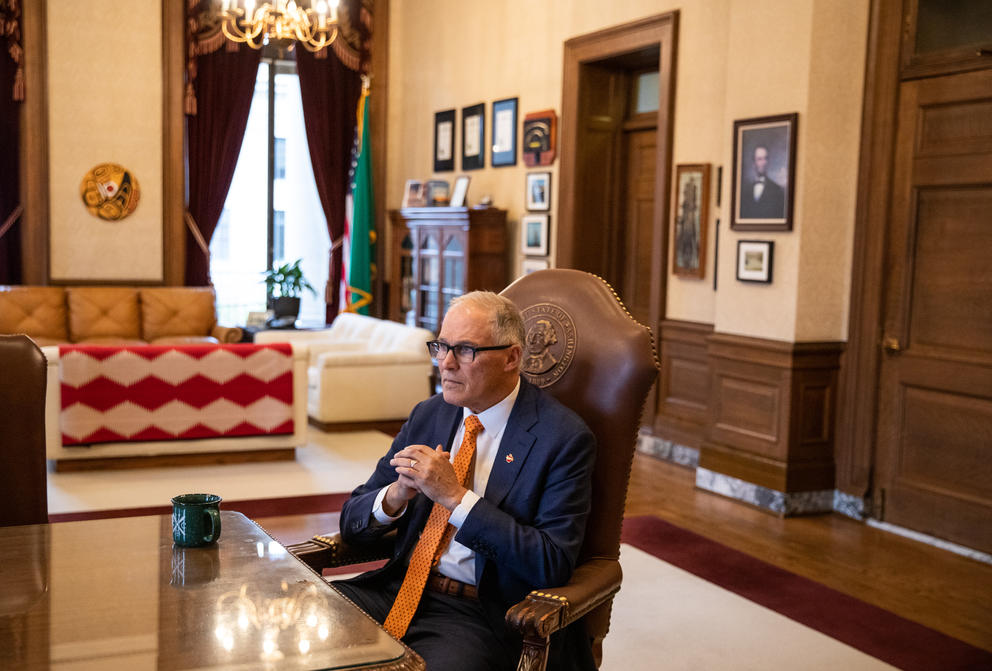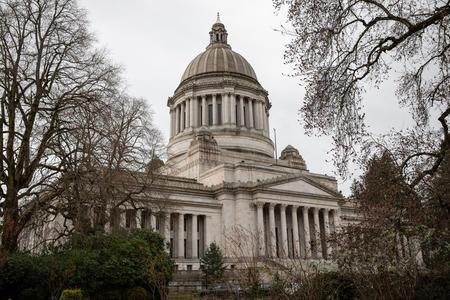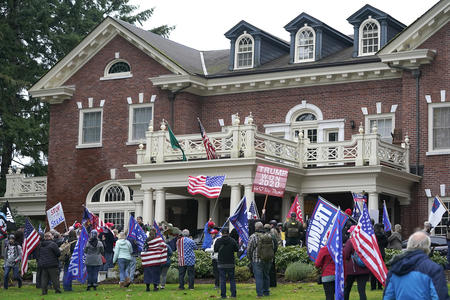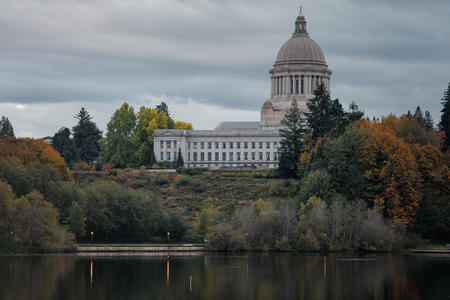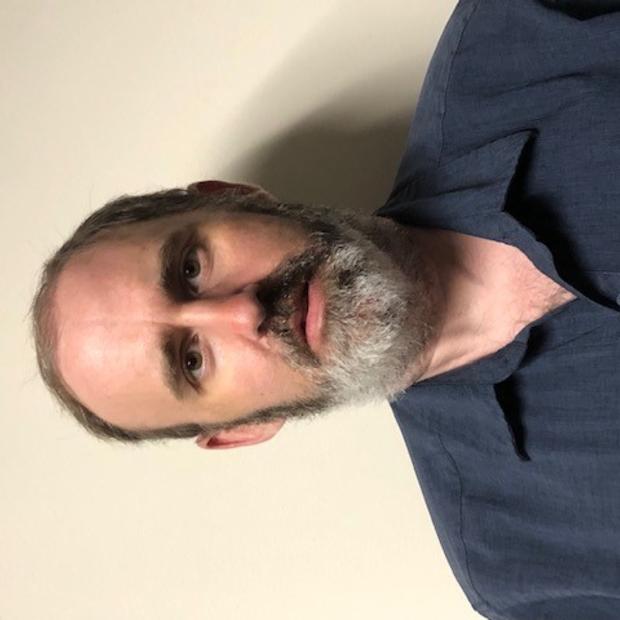With the 2024 elections approaching, eyes in the Democratic Party are fixed on Gov. Jay Inslee and whether he’ll run for a fourth term. A recent Crosscut/Elway Poll found that 34% of those surveyed would support Inslee for a fourth term. Another 17% favored a different, unnamed Democratic candidate, and 35% said they would support a Republican for governor in 2024.
But even as political jockeying starts to heat up – already – for the next election cycle, lawmakers and elected officials have much work on their agenda. In this year’s 105-day scheduled legislative session, Inslee and legislators must write a new two-year state operating budget. And they must confront a host of pressing problems. Inslee last week sat down with Crosscut to discuss the legislative session and his politics.
This interview has been edited for length and clarity.
Crosscut: Homelessness and affordable housing have been crises in Washington for years, despite investments by lawmakers and you to address it. This year, you’ve put together a proposal that could raise $4 billion on top of the state’s official debt limit over the next six years by issuing bonds to spur housing construction and reduce homelessness. It has been years since this particular method – sending a referendum to voters on the November ballot – has been attempted. What was the genesis of your idea?
Gov. Inslee: Just by necessity. It’s the recognition that this is a totally unacceptable course we’re on, of massive, persistent homelessness on every other block. And just the recognition that that’s untenable. And a recognition that even in a hot economy, maybe because we have such a hot economy, we’re going to continue to experience this. And a recognition that this is our long-term future for us if we don’t act. And number two, it’s the most tenable way to finance that. There are many problems you can solve without dollars, but this is not one of them. You’ve got to come up with enormous investments so we can build housing, fundamentally.
I think it’s a responsible way to do it. It meets the goal of being something we do now, not 20 or 30 years from now. The alternative is relatively small appropriations year by year, but that just doesn’t get you the housing we need now. We can’t live with this for 30 years. It’s a realistic way to respond to an emergency crisis, and it is an investment. We’re getting something, we’re building an asset.
You are supporting a ban on semiautomatic rifles this year. Some people might not remember this, but you voted for this at the federal level in 1994, and wound up losing your U.S. congressional seat in Central Washington that year. What was that like, and why is now the right time to push again on this?
In 1994, the proposal was on the table to ban assault weapons. I knew what a problem it represented, I recognized they were weapons of war that really didn’t have any value or necessity. I also recognized that it was very controversial in my district. So I knew that there was tremendous political risk to me if I voted for this. The bell rang, you get 15 minutes to vote. I was in my office with Earl Pomeroy, who was a congressperson from North Dakota. And we both kind of shared the same view and understood the political risk involved in this. I said, ‘Look, I’m going to do this, I may go over the falls, but I’m going to do this.’ And he said, ‘Well, you know what, I’m going to, too.’ We were the second and third last votes in the majority. So they needed three votes, Earl and I were number two and three, and then one other member voted to make it 218. And that made them illegal for 10 years. I’ve long believed it’s the right thing, and I’ve never regretted it. Because I always thought, if you’re going to go to Congress, you should go there for a reason, to actually do something.
And so I hope that we will do it appropriately here in Washington state. Now I do want to say this, that has been one of the most visible of the gun-safety proposals. But the proposal to require safety training and a license … I actually believe it is the most important of the bills we’re going to consider. Because it is the one that maybe has the best evidence of actual impact on violence. Not only because of homicides, but because of suicides and because of accidental shootings with family members. Obviously the [proposal on] manufacturing liability is another one.
You pushed for many years for a big carbon-reduction law, and lawmakers passed the carbon cap-and-invest law in 2021. Now that the statute is taking effect, what does your administration need to do to make sure it is effective?
Three things. Number one, don’t go backwards. And because the voters returned the blue team, I’m confident we’re not going to go backwards. It may not have been the same case if the climate deniers have been in charge here. Number two, just make sure that we do the rulemaking, which we now have done, in a common-sense, thoughtful way. And I think we’ve achieved that. Three, and this is important, to make sure we make wise investments with the dollars. It’s not just R&D, it’s not just incentivizing and helping people get access to things, it’s not just public investment.
You’ve announced you want to end the sale of gasoline vehicles by 2030, which is not something a majority of residents in a recent Crosscut/Elway poll say they support. But how do you actually build enough charging infrastructure for electric vehicles to hit a deadline like that?
First off, you make big investments, which is what we’re doing. So we have $7.5 billion in federal money, and then we put state money in as well. Now it’s not just public investment, there’s a lot of private investment here, homeowners and businesses. There are multiple parties paying to build this infrastructure. This is a challenge, to be honest with you. Because we have multiple organizations building this. So we’ve got us [the government], we’ve got Amazon, we have the U.S. Postal Service, we’ve got individual homeowners, we’ve got condominium owners. And it is a little bit of a challenge to coordinate those, to have the most systematic approach. We have a committee that works on this with all parties. But it’s still a work in progress.
I’ll give you an example. We’re building our charging infrastructure for the state fleet, because we want to be 100% [emissions free] eventually. We’re working on when the state puts in a charging station principally for the state fleet, we’d like to find a way that’s available for everybody else’s fleet too, or the citizens. How do we manage that? We’re still working through that.

